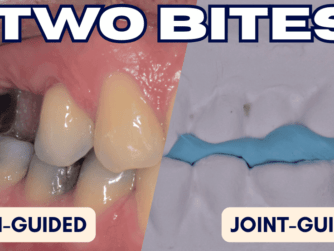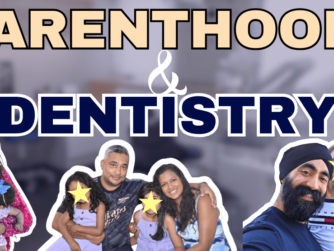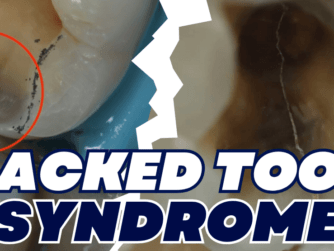Podcast: Play in new window | Download (Duration: 39:17 — 57.1MB)
Subscribe: RSS
‘Tell all my patients I’m running 20 minutes late..’ – sound familiar? If so, this episode is for you!
Punctuality goes beyond habit; it reflects our respect for others’ time and professionalism. In this episode, we delve into mastering punctuality in dental practice, exploring the balance between patient care and schedule.
Join Nikhil Kanani as he unveils his five actionable strategies for refining workflows, improving communication, and boosting efficiency in your practice.
Protrusive Dental Pearl: Explore the Greater Curve Matrix Band for your restorations – it’s now my preferred choice for around 70% of my cases. Wherever you are in the world, find a Greater Curve dealer and discover their range of products. Claim £100 voucher towards this matrix system when you sign up to the DRE Composite course – use coupon code PROTRUSIVE on www.drecomposite.com
Need to Read it? Check out the Full Episode Transcript below!
Highlights of this episode:
- 05:28 Protrusive Dental Pearl
- 11:08 Nikhil Kanani Introduction
- 16:13 Preparation
- 20:33 Stick to your Time Allocation
- 25:39 Have a Protocol List
- 28:39 Work Simultaneously and In Flow with your Nurse
- 31:33 Use Templates/Pre-written Procedure Protocols
- 35:58 Learn more from Nikhil Kanani
Join the Nicest and Geekiest Community of Dentists in the World: Protrusive Guidance
If you loved this episode be sure to check out 10 Habits of Highly Successful (and Most Valued) Dentists – PDP042







